Keele Tunnel
Keele Tunnel
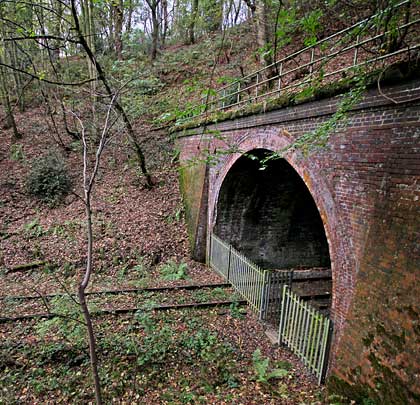
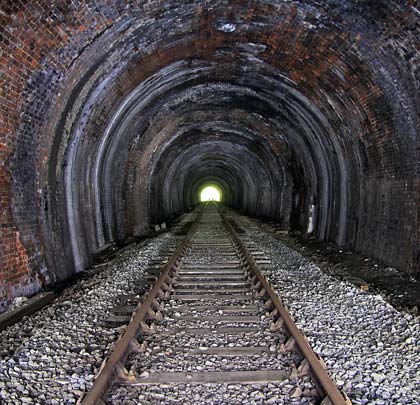
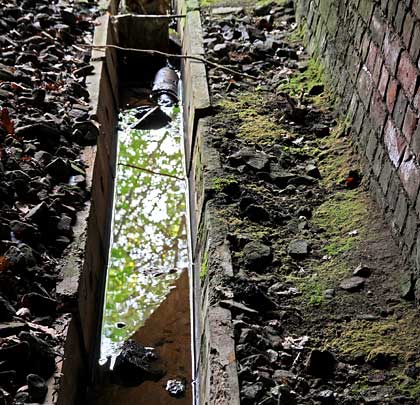
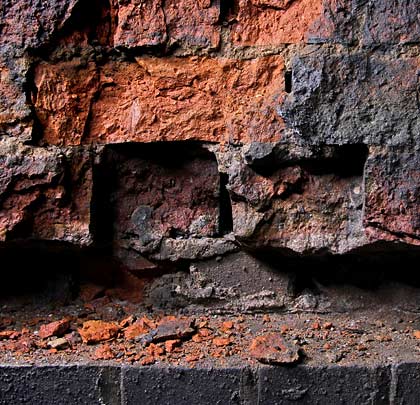
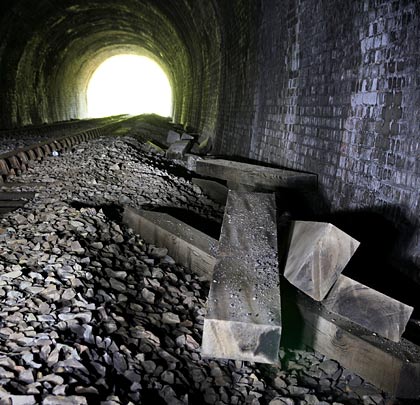
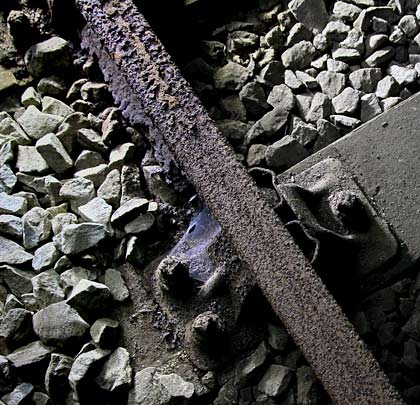
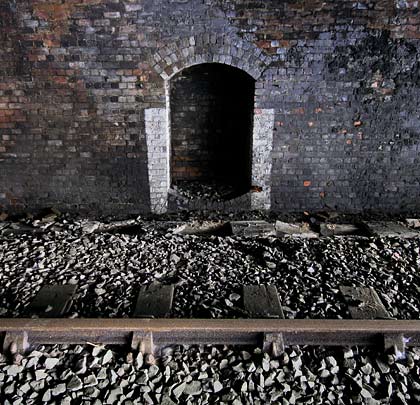
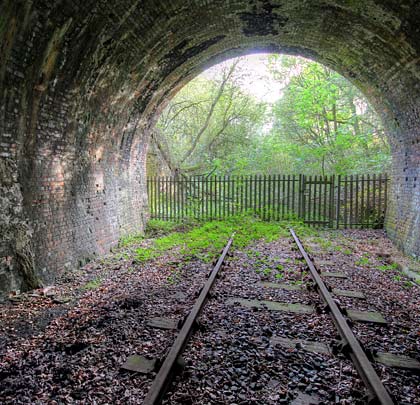
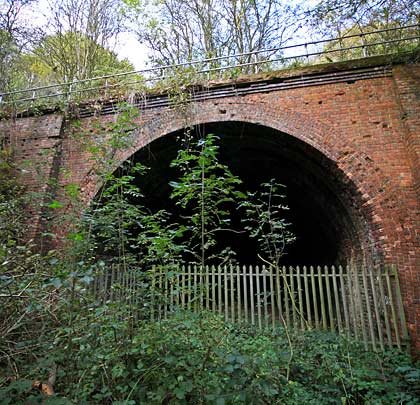









In 1846 the North Staffordshire Railway was authorised to build a branch from its main line north of Stoke through Newcastle-under-Lyme, partly laid on the bed of Robert Heathcote’s canal. Recognising that this would be of little benefit to his iron works in Silverdale, owner Ralph Sneyd decided to construct his own line southwards to Pool Dam. Known as the Silverdale & Newcastle-under-Lyme Railway, this opened in 1850 and, two years later, was joined by the North Staffs branch at Knutton Junction. 1854 brought a half-mile extension of the S&N to reach the head of the Newcastle Canal from where coal, iron and ironstone would be transported. This extension was initially worked by horse power. Added to this local network in 1856 was the 1½-mile Apedale branch, serving collieries to the north and north-west. The North Staffs assumed overall control after an Act was passed to make the S&N a public railway in August 1859.
To create a through route into Shropshire, a 12½-mile incursion was planned into the territory of the Great Western at Market Drayton. This would effectively scupper the GW’s own march towards Manchester. Authorised in July 1864 and opening on 1st February 1870, the line set its shareholders back £216,926, much of this invested in two tunnels towards the eastern end.
Although built for two tracks, the route was singled between Silverdale and Pipe Gate in October 1934. Despite this limitation, the period following nationalisation brought a significant increase in freight traffic, reaching a peak of 10,000 tonnes per week in 1962/3. By this time, passenger services had ended but mineral traffic continued to use the line until the closure of Silverdale Colliery in December 1998.
The tunnel at Keele follows a straight course, extending for 321 yards. A rusting single track still runs through it. Both approach cuttings are deep and secluded. The portals are plain and built in red brick, featuring buttresses either side of the entrance and masonry copings with some brickwork detailing beneath.
The lining face exhibits six rings. Penetrating water has marked the walls with mineral deposits. There is some minor localised spalling of the brickwork, but no evidence of any repairs. The refuges, few in number, feature a segmental arch of three bricks with whitewashed areas to both sides to attract retreating platelayers.
The extant track has been slewed onto the tunnel’s centreline and is raised on a considerable ballast formation. On its west side, a troughing route’s missing lids has caused it to resemble a drain, containing several inches of standing water. The other side is home to a collection of new-looking wooden sleepers, some of which have been stacked across the track near the south end to form a blockage.
 August 2013
August 2013





